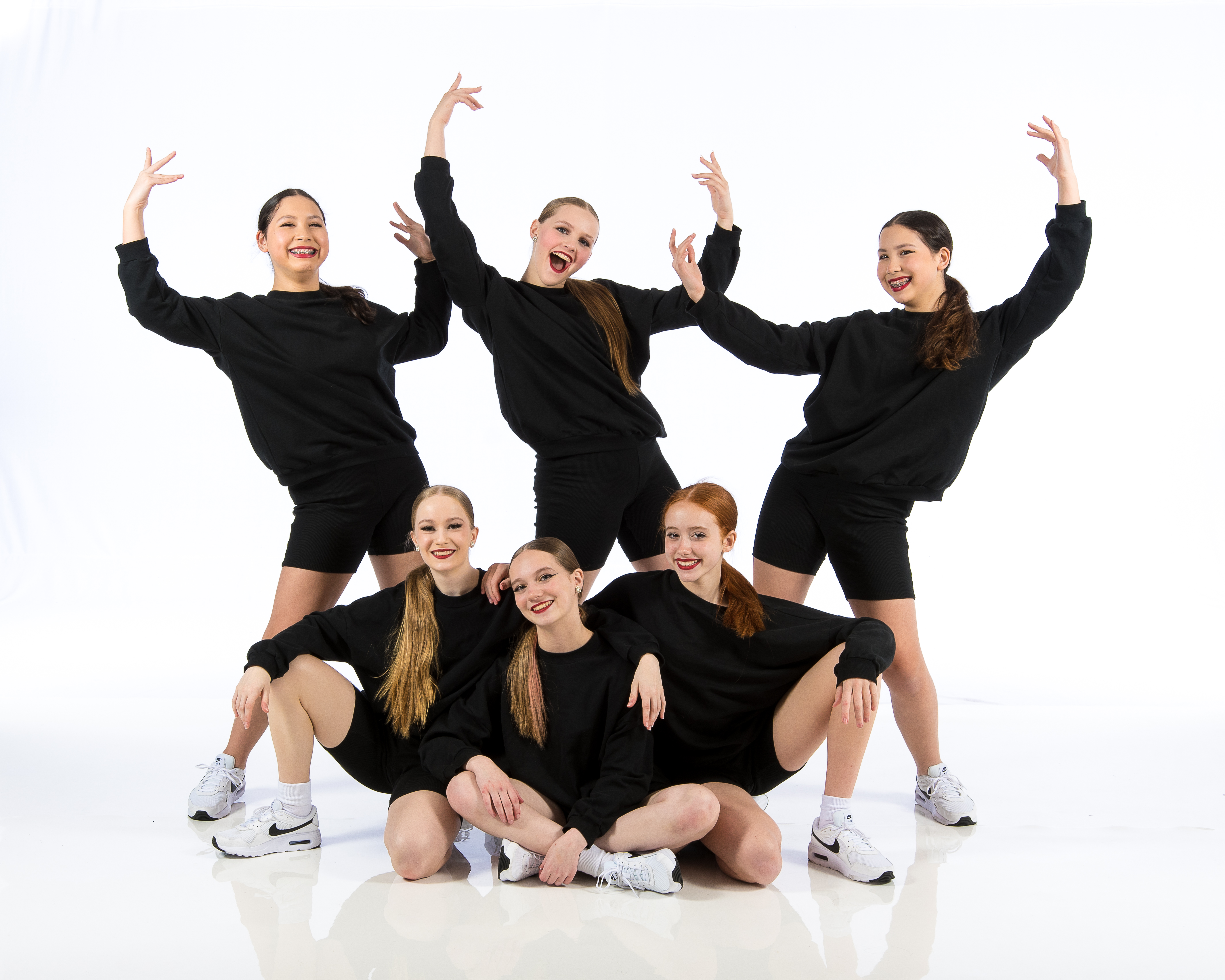Introduction
Choosing the right dance studio for your child can be a daunting task. With so many options available, how do you ensure that your little one is not only learning the art of dance but also making cherished memories along the way? In this comprehensive guide, we’ll explore everything you need to know about selecting a fun-filled kids' dance studio. From understanding various dance styles to assessing studio environments, you’ll gain insights that pave the way for joyful experiences and lasting friendships.
Making Memories: How to Choose a Fun-Filled Kids’ Dance Studio
When it comes to finding a suitable dance studio, parents often find themselves overwhelmed by choices. The right studio should offer an exciting program that nurtures creativity, builds confidence, and fosters friendship among peers. But what exactly makes a studio "fun"? Is it the teachers, the curriculum, or perhaps the atmosphere? Let’s dive deep into what factors should influence your decision.
1. Assessing Your Child's Interest in Dance
Before jumping into the search for a dance studio, it’s crucial to gauge your child's interest in dance. Are they enthusiastic about moving to music? Do they express joy when dancing at home?
1.1 Understanding Different Dance Styles
Kids can be drawn to various styles Ballet Dance Studio of dance such as ballet, hip-hop, jazz, or contemporary. Knowing which style resonates most with your child can help narrow down your options.
1.2 Starting with Trial Classes
Many studios offer trial classes or introductory sessions. These opportunities allow your child to experience different styles and instructors before committing long-term.
2. Location and Accessibility of Dance Studios
Location matters! Consider how far you’re willing to travel for lessons. A conveniently located dance studio can make all the difference in maintaining enthusiasm.
2.1 Urban vs Rural Options
Urban areas might have more studios but could involve longer commutes due to traffic; rural spaces may offer fewer choices but possibly more personalized attention.
2.2 Transportation Considerations
Factor in whether you'll be driving your child or if they’ll need public transport. Safety is paramount!
3. Evaluating Dance Studio Reputation
A studio's reputation speaks volumes about its quality and reliability.
3.1 Word-of-Mouth Recommendations
Talk to other parents and dancers for their recommendations—personal experiences provide valuable insights.
3.2 Online Reviews and Testimonials
Check online platforms for reviews while keeping an eye out for consistency in feedback regarding instructors and student satisfaction.
4. Teacher Qualifications and Experience
The instructors at a dance studio play a pivotal role in shaping your child's experience.
4.1 Educational Background of Instructors
Find out if teachers have formal training or performance experience; qualified instructors make learning enjoyable and safe.
4.2 Teaching Philosophy
Every teacher has their own approach—some may focus on discipline while others prioritize fun and creativity. Ensure their philosophy aligns with what you want for your child.
5. Curriculum Variety at Kids' Dance Studios
A well-rounded curriculum ensures that children receive exposure to multiple facets of dance.
5.1 Class Structure
Look for studios that balance technique with creative expression—students should learn foundational skills while enjoying themselves!
5.2 Performance Opportunities
Participating in recitals or competitions can enhance motivation; check how often students showcase their talents publicly.
6. Atmosphere of the Dance Studio
The environment where children learn significantly impacts their enjoyment levels.
6.1 Studio Layouts and Facilities
Evaluate cleanliness, safety measures, mirrors, flooring types (sprung floors are ideal), and overall ambiance—these aspects contribute to learning comfort!
6.2 Inclusivity and Friendliness
A welcoming atmosphere encourages kids to express themselves freely; observe interactions among students during trial classes!
7. Class Size and Student-to-Teacher Ratios
Small class sizes often lead to more individualized attention from instructors.
7.1 Ideal Student-to-Teacher Ratio
Inquire about ratios! Generally speaking, smaller groups allow for better guidance as each dancer receives focused attention during lessons.
7.2 Peer Dynamics Within Classes
Consider how friendships form within classes; positive peer relationships enhance motivation while reducing anxiety!
8. Flexibility in Scheduling Classes
Families lead busy lives—look for studios that accommodate diverse schedules through varied class timings or makeup lessons if necessary!
Frequently Asked Questions (FAQs)
Q1: What age is appropriate for kids to start dancing?
A: Most children can start as young as 3-4 years old! Many studios offer beginner classes tailored specifically for toddlers where they engage in fun movement activities rather than strict techniques initially.
Q2: How much does it typically cost to enroll my child in a dance studio?
A: Costs vary widely based on location, type of classes offered (recreational vs competitive), number of Dance Studio classes for kids classes per week/monthly fees range from $50-$200+ depending on these factors so always inquire directly with prospective studios!
Q3: Can I switch studios if my child isn’t happy?
A: Absolutely! It’s important that your child enjoys their experience—don’t hesitate if things aren’t working out; every dancer deserves an environment conducive to growth!
Q4: Are there any hidden costs associated with joining a dance studio?

Q5: What should I look for during my first visit/tour of potential studios?
A: Pay attention not only visual aspects (cleanliness!) but also listen closely during conversations between staff members & students—the overall vibe will tell you much about culture within that space!
Q6: Is prior dancing experience necessary before joining a new class?
A: Not necessarily! Studios cater both beginners & those with prior knowledge—it’s ultimately about matching skill levels appropriately so everyone has fun while learning together!
Conclusion
Choosing a fun-filled kids’ dance studio involves careful consideration of numerous factors—from teaching styles and curriculum variety down to location accessibility! By assessing individual interests alongside practical elements like cleanliness & safety protocols—you stand poised not just to select any old place but rather discover an enriching haven where young dancers thrive creatively & socially alike! Remember—it’s all about “Making Memories: How to Choose a Fun-Filled Kids’ Dance Studio” that inspires joy today while laying foundations for lifelong passions tomorrow!